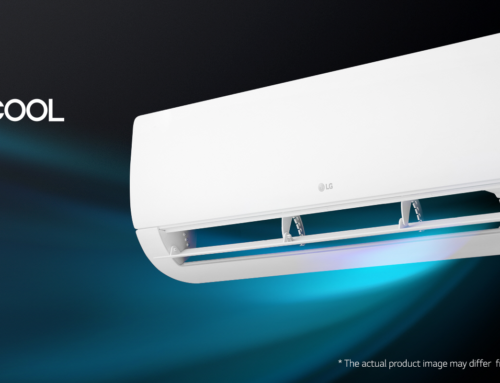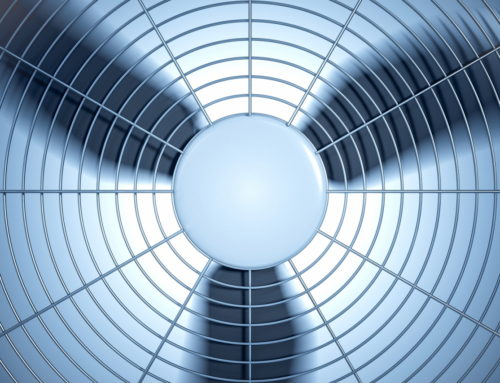Indoor Air Quality (IAQ) Challenges in the Hotel Industry

Hotels present many IAQ challenges: from dealing with the disparate needs of living quarters, ballrooms, food preparation, laundry facilities, and indoor pools, to the difficulty of accommodating both smokers and non-smokers. The smoking issue has received a fair amount of attention in the industry, due to high profile battles over legislative attempts to ban smoking in hospitality facilities.
Air conditioning, air quality and their management are of key concern to the Hospitality Industry. With energy costs skyrocketing, it is generally seen that these factors alone contribute to approximately 15% – 20% of the total cost of running a hotel. Thus, almost all hotels try and control aircon tonnage by cutting back on outdoor air quantity.
The after effects are all too familiar to hoteliers … stuffiness, lingering smell of smoke and food in restaurants, bars, discotheque, rooms and corridors, furnishing and carpets smelling musty… though most do not identify the source of the problem as “lack of fresh air”.
DRI Energy Recovery Equipments are a boon to flourishing hospitality segment.
Many Hotels have shown a high satisfaction into the indoor air quality they and their guests breathe after installing DRI products at their venues. The few of DRI customers are
| Royal Orchid Sheraton Hotel, ThailandShangri-La Hotel, ThailandWestin Hotel, MalaysiaKuala Lumpur Convention Centre, MalaysiaKarmarkar Health Spa, IndiaSHENZHEN Convention and Exhibition Center, ChinaHotel Leela PalaceGrand Hyatt, DubaiSheretan Hote, DubaiLe-Meridian, Abu Dhabi |
For HVAC professionals in the hospitality industry, there is a big dilemma to champion best practices for IAQ in both new building design as well as renovation of existing facilities. Providing fresh air for the hotel occupants presents a tough challenge. The outdoor air at a higher design level needs to be conditioned to the level of the indoor design condition, which increases the air conditioning tonnage considerably. The recurring energy expense is another matter of concern.
A ventilating device equipped with an efficient energy recovery wheel is the first choice of an HVAC engineer.
The air, exhausted for bringing in fresh air, takes with it, the energy used to condition it. The energy, so lost otherwise, can be recovered with the aid of energy recovery wheels and used to pre condition incoming fresh air and thus save energy.
DRI’s makes this possible without adding tonnage or significant increase in energy cost and gives the triple advantage –
- Better IAQ
- Energy Saving
- Humidity Control
Few Installations . . .
DRI EcoFresh provides Fresh Air at Legendale Hotel Beijing
Legendale Hotel Beijing, occupying a prime position in the heart of town, is a majestic 390-room hotel ideally located between old and new Beijing. It has been awarded as the China’s Leading Luxury Hotel 2009 by World Travel Awards.
DRI has installed twelve units of EcoFresh Molecular Sieve Coated Energy Recovery Wheels (HRWs) providing total of 1,21,840 CMH (71,671 CFM approx) at the Hotel. The EcoFresh Heat Recovery Wheels recover total energy (sensible as well as latent) to meet all the requirements of Indoor Air Quality (IAQ), humidity control and energy savings (through reduced chiller and boiler/exhaust load).
These units have been installed in many new and under construction hotels all over the world as a standard design approach for introducing the large quantity of fresh air in the hotel. They help buildings to reduce operational costs upto 10% and air-conditioning cost by 20% to 30%.
To see more information about DRI check out their page here.





